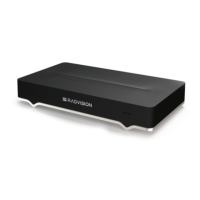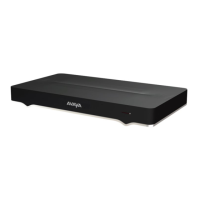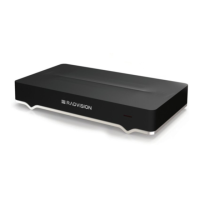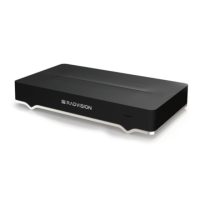Figure 13: Using XT Series for NAT and Firewall Traversal
A gatekeeper allows the XT Series to dial aliases instead of IP addresses for endpoints in the
private network, while for public endpoints, you must dial IP addresses. Without a gatekeeper,
all endpoints must be referenced using IP addresses.
Related Links
Planning the Topology of the Avaya Scopia
®
XT Series Deployment on page 24
Supporting ISDN Connectivity
About this task
The Avaya Scopia
®
XT Series supports ISDN connectivity, allowing calls from endpoints to be
routed to the relevant videoconference via the Scopia
®
Gateway for ISDN.
For deployments without a gatekeeper, you can dial ISDN endpoints by simply dialing the ISDN
number. To do so, you must first configure the endpoint with your Scopia
®
Gateway for ISDN, as
described below. The system then automatically and transparently takes care of setting the bit rate
and call routing through the Scopia
®
Gateway.
A single gateway can serve multiple endpoints. For example, if your organization needs to enable 5
Avaya Scopia
®
XT Series endpoints with ISDN connectivity (at a speed of 256bps), you can use
one the Scopia
®
Gateway for ISDN, which supports 5 concurrent calls of 256bps each.
Supporting ISDN Connectivity
April 2015 Avaya Scopia
®
XT Series Deployment Guide 29
Comments? infodev@avaya.com

